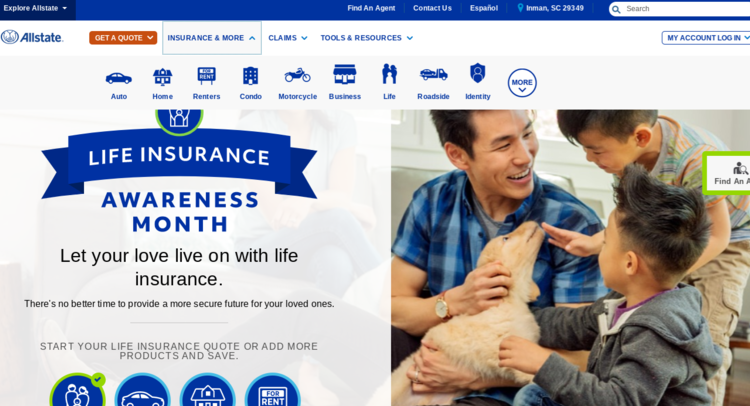There are “excessive ranges” of unfamiliarity with the Household and Medical Depart Act throughout U.S. radiology practices, and it might be hurting their possibilities of hiring physicians.
That’s in response to new survey knowledge, revealed Wednesday within the Journal of the American Faculty of Radiology [1]. Amongst these surveyed at 372 radiology teams, about 50% in academia had sturdy familiarity with the FMLA. In the meantime, 37% surveyed in non-public apply have been well-acquainted with the act, versus 37% in nationwide/managed service organizations. There was a transparent divide between the sexes: 33% of male respondents have been unfamiliar with the FMLA in comparison with 15% of girls.
“Given the present wide-open job marketplace for radiologists throughout the nation, in addition to 2022 passage of paid household/medical depart insurance policies by the ACR and AMA, group apply leaders making hiring choices might profit from familiarity with the latter as a way to keep aggressive,” Elizabeth H. Dibble, MD, with the Warren Alpert Medical Faculty of Brown College, and co-authors wrote June 28. “This may profit not solely teams, but in addition people employed, as a result of paid depart can mitigate in opposition to systemic limitations to development for members of teams which can be underrepresented in drugs typically and radiology particularly.”
Researchers gathered their knowledge by way of the 2021 ACR Workforce Survey, performed in October and November of that yr. Apply varieties reached included tutorial, unbiased non-public, nationwide/MSO, hospital primarily based, teleradiology and others. Greater than 91% (or 372/407) of those that accomplished the workforce survey answered questions associated to the FMLA.
About 24% mentioned a minimum of a few of their workers took depart in 2021, representing an uptick from the 15% determine recorded in 2018. Of these, 66% mentioned none of their radiologists used the FMLA whereas 10% have been unsure. Each males (47%) and girls (53%) made virtually equal use of depart. Taking good care of a new child or adopted youngster was the most typical cause amongst radiologists at 57%. It was cited by 63% of girls and 49% of males, numbers which have “turn out to be considerably extra related” in comparison with earlier surveys.
“This may increasingly replicate altering gender roles with males taking a extra lively position in childcare or altering acceptance by apply leaders and colleagues of males taking leaves for childcare,” the research famous.
A critical private well being situation was the second hottest cause for taking depart at 28%, adopted by 13% who mentioned they have been caring for a right away member of the family. There additionally was marked variability in FMLA use between totally different apply varieties. Radiologists extra generally took depart in bigger practices (41% in teams with 100-plus workers vs. 6% in these with 50 or fewer), city settings (34% vs. 9% in rural geographies), and people in tutorial (51%) and nationwide (32%) organizations. Personal radiology practices made the least use of the act at 15%, which might be as a result of a number of elements together with cultural variations or a smaller organizational measurement.
Familiarity and use of paid household depart correlated with the variety of doctor leaders, the authors famous. As an example, 44% have been educated concerning the act in organizations with six-plus doc leaders in comparison with 31% for these with two or fewer. And respondents over the age of 66 have been least aware of FMLA (45%), whereas these 56-65 have been most acquainted (50%).
“Like all survey-based research, our research has limitations, lots of which provide alternatives for future analysis,” the authors wrote. “Solutions have been topic to response and recall bias; we didn’t assess size of FMLA taken by radiologists, and particular questions relating to size of obtainable paid versus unpaid FMLA weren’t requested. Solutions to those questions can be of curiosity for future research.”
Learn extra within the Journal of the American Faculty of Radiology on the hyperlink under.














